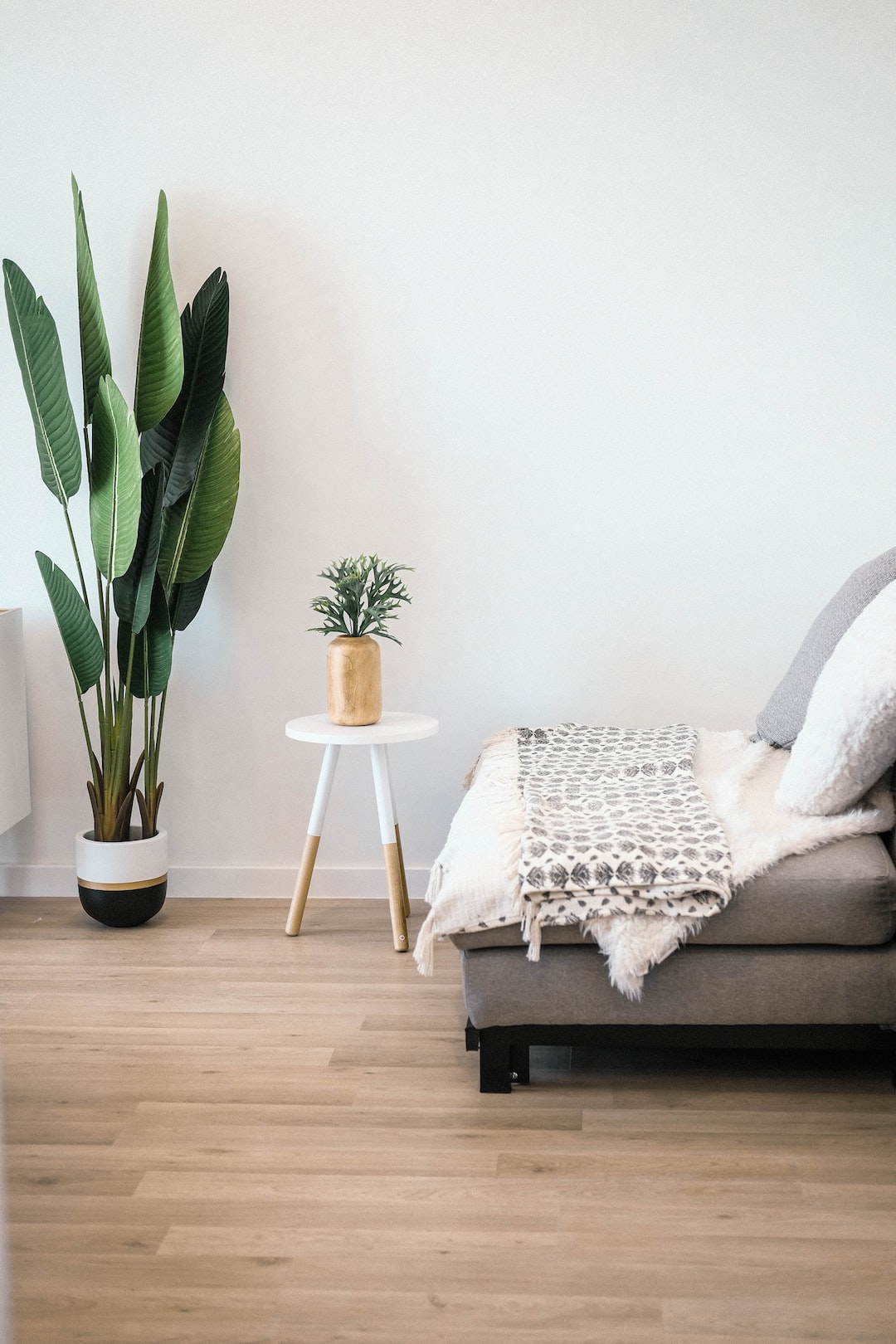The Art of Feng Shui: Simple Ways to Harmonize Your Home
In today’s fast-paced world, finding peace and tranquility within our own homes has become more important than ever. One ancient practice that can help achieve this is the art of Feng Shui. Originating in China over 3,000 years ago, Feng Shui is the art of harmonizing our surroundings to promote positive energy flow and create a sense of balance and well-being.
The first step in incorporating Feng Shui into your home is to declutter and organize your space. Clutter not only creates visual chaos but also blocks the flow of energy. By decluttering, you not only create physical space but also allow positive energy to circulate freely throughout your home. Remove any unnecessary items and make sure everything has its designated place.
Another important aspect of Feng Shui is the use of natural elements. Nature has a calming and rejuvenating effect on our minds and bodies. Incorporate natural elements such as plants, flowers, or a small water feature in your home to bring a sense of serenity and balance. These elements not only add beauty to your space but also help to purify the air and create a more harmonious environment.
The placement of furniture is also crucial in Feng Shui. Arrange your furniture in a way that allows for easy movement and promotes a sense of unity and connection. Avoid placing furniture in direct lines with doors or windows, as this disrupts the flow of energy. Instead, aim for a layout that encourages conversation and social interaction.
Color plays a vital role in Feng Shui as different colors have varying energies. In general, neutral tones such as white, beige, or light gray are calming and promote relaxation. Earthy tones like brown and green are also considered grounding and nourishing. Consider the function of each room and choose colors that align with its purpose. For example, blue is a calming color suitable for a bedroom, while red can be used to energize a home office or creative space.
Finally, lighting is a crucial aspect of Feng Shui. Natural light is always preferred, as it enhances the positive energy in a space. If natural light is limited, use warm and soft artificial lighting instead of harsh fluorescent lights. Opt for fixtures that can be dimmed for added flexibility in creating different moods and ambiance.
Incorporating the art of Feng Shui into your home doesn’t have to be difficult or expensive. By following these simple tips, you can create a space that promotes harmony, balance, and overall well-being. Remember, Feng Shui is not just about the physical aspect of your home, but also about creating a positive and nurturing environment for yourself and your loved ones.

